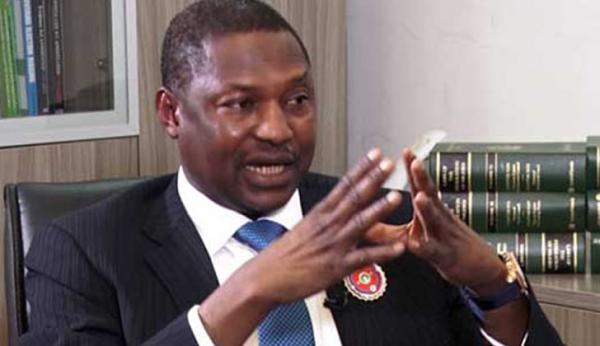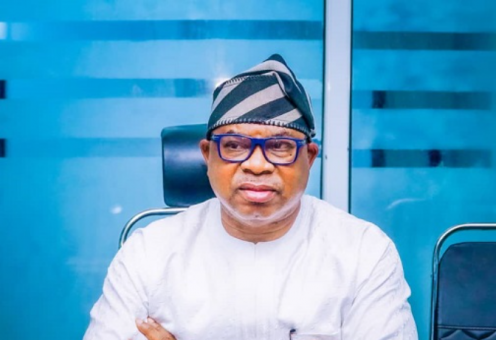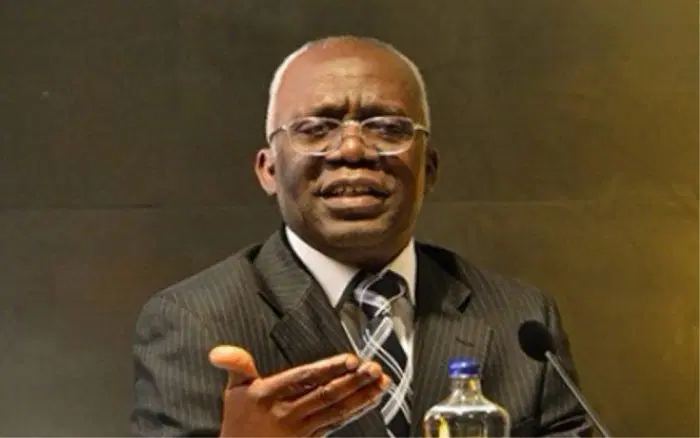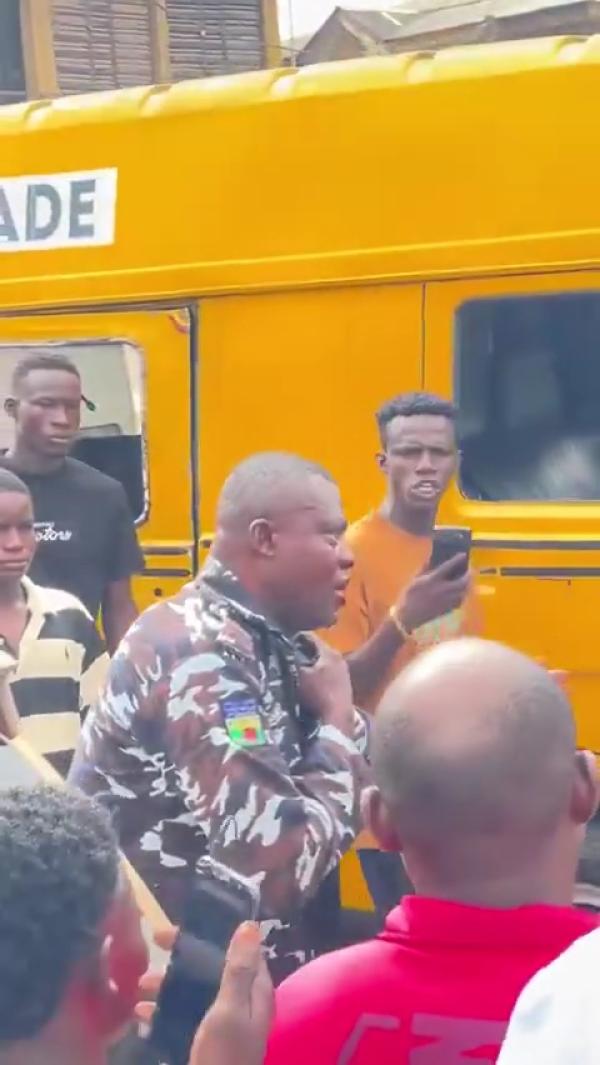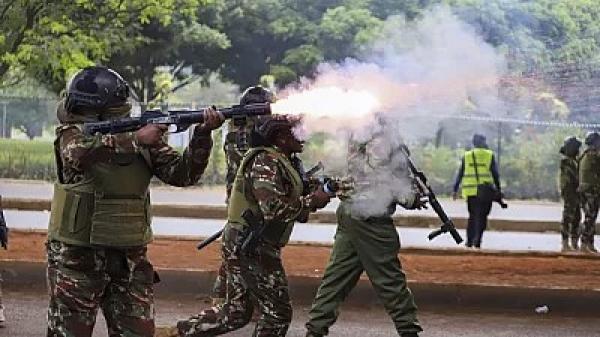
Police in Kenya used tear gas on Tuesday, July 16 to break up protests aimed at maintaining pressure on President William Ruto to step down. The protests continue despite Ruto making several changes.
The demonstrations, led by activists angry over proposed tax hikes, called for a nationwide "shutdown" on Tuesday. These protests have become the biggest challenge in Ruto's two-year presidency. Even after Ruto withdrew $2.7 billion in tax hikes and replaced most of his cabinet, protests persisted, though with fewer people.
Protesters want Ruto to resign, blaming him for poor governance, corruption, and the deaths of protesters in earlier rallies. On Tuesday, police fired tear gas in Kitengela, near Nairobi, where about 200 protesters burned tires and chanted against Ruto. In Nairobi's city centre and Mombasa, protesters also faced tear gas.
Ruto had announced talks to address protesters' concerns, but these discussions have not started. Many activists have refused to participate, demanding immediate action on corruption and other issues.
Ruto's spokesperson did not comment on the situation.
Kenya is struggling with debt, using over 30% of its revenue to pay interest. Ruto faces pressure from lenders to cut deficits while dealing with a population suffering from high living costs. The protests, which began peacefully, have turned violent. More than 40 people have died, according to rights groups.
On Monday, Ruto accused the Ford Foundation of funding the protests but provided no evidence. The Ford Foundation denied these claims, stating it does not fund protests and maintains a non-partisan policy.












